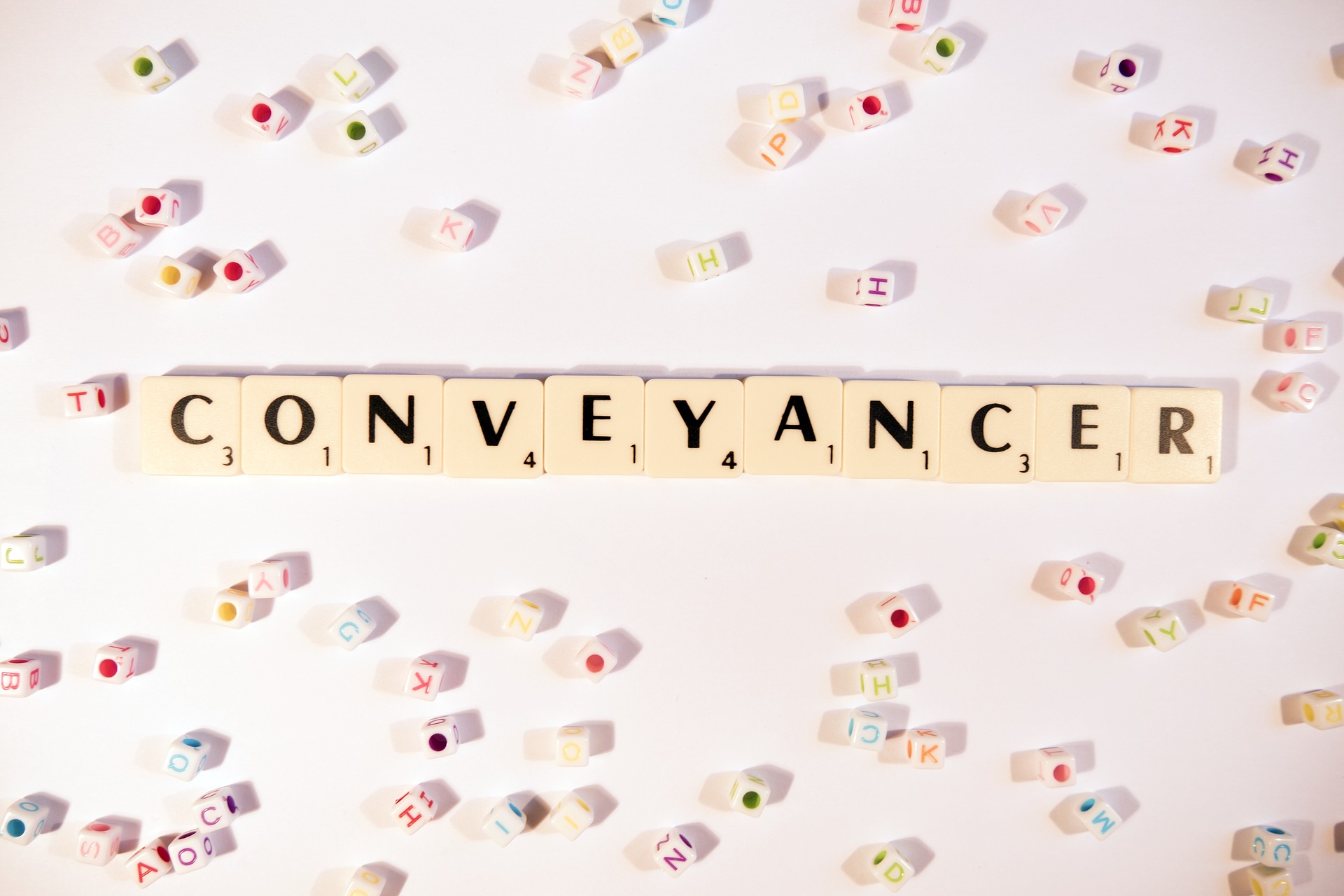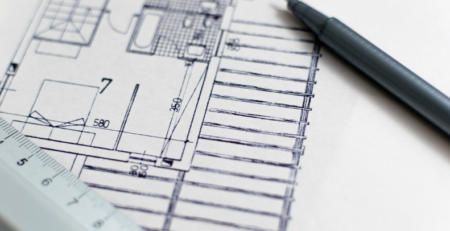What does a Conveyancer do?
Most of us have heard the term conveyancer at some point, but what do we really know about them and what they do? We know that, for instance, if we want to buy a property, it will involve a solicitor or conveyancer and paying a fee for their valuable services. But what exactly do they do?
Basically put, it’s the legal responsibility of the conveyancer to make sure that the selling or buying of property is conducted according to the law and their client’s wishes. When your property is sold or you have made an offer on your dream home, it’s time to hire a conveyancer or conveyancer solicitor to conduct the sale or purchase of the property in question.
An important part of what a conveyancer does is to facilitate the settlement and title transfer process and to advise their clients of all their legal responsibilities. A conveyancer will ensure that the process of selling or buying property goes ahead without a hitch, which gives peace of mind to all the parties involved.
A licensed conveyancer or solicitor will do the same job for the buying or selling of property, so either one is fine, but make sure that the conveyancer is regulated by one of the following: CLA, SRZ, LSS, LSNU, or CILEX.
The different roles of a conveyancer and solicitor
“A conveyancer has specialised knowledge of the law regarding the buying and selling of property but usually not the same level in other areas of the law,” noted Jamie Johnson, CEO of FJP Investment. “A conveyancing solicitor, on the other hand, will also perform conveyancing services but is qualified to also engage in other areas of property law like lease extensions, remortgaging, and the transfer of equity.”
One important distinction between these two roles of a conveyancer and a solicitor is their scope of acting for clients. The Solicitor’s Regulation Authority does not permit a solicitor to act simultaneously for both the seller and client, stating that this amounts to a conflict of interest. A conveyancer, however, does permit a conveyancer to represent both sides of the buying-selling negotiations.
There are mixed feelings and opinions on whether this is a good thing or not. Those advocating this as a good thing say, for example, that this can improve the efficiency of the conveyancing process, whereas others say a conveyancer that represents both sides can easily result in indiscretions of the parties’ views and cause the process to run on longer than it needs to.
Conveyancers and solicitors’ fees
Another difference between conveyancers and solicitors is to do with the rules governing the fees they charge. Both typically pay referral fees to the estate agents in order to secure clients and business. For solicitors’ fees, the Solicitor’s Regulation Authority mandates that this fee be disclosed to their clients in an open and transparent way, but for conveyancers, however, they are not required by the CLC to do this.
Because solicitors are more qualified than conveyancers in a broader area of property law, they tend to charge a higher fee than conveyancers do.

The cost of hiring a conveyancer on a fixed fee usually falls within the price range of about £1,000 for selling your house in the UK, and a little more for buying, about £50 more. This applies to fixed fees, but some conveyancers will charge by the hour, which can add up quicker than you hope for. A fixed fee is the safest option, and you will know for sure what you will be paying.
Duties of the conveyancer
- Create a purchase file
- Confirm the freehold or leasehold status
- Provide local searches
- Complete legal documentation
- Monitor progress
- Ensure relevant checks are performed
- Request the deposit
- Organise completion dates
- Post completion tasks
Create a purchase file
Upon receiving instructions from their client, a conveyancer will first create a purchase file and provide their client with their terms of contract. Included in these terms will be the conveyancing fee and any deposits required. Furthermore, a form will be presented to the client requesting all the relevant details needed to proceed.
Other necessary details required for this file include the details of the client’s estate agent and mortgage provider. For buyers, the conveyancer will need the details on how the client intends to pay the deposit. To satisfy money laundering checks, proof of photo ID (like a passport or driving license) and address must be provided. Once all this information has been collated by the conveyancer, you will then be given a quote, which is subject to changes if any legal complexities arise and increase the workload and time.
The conveyancer’s next step is to contact the other party’s solicitor and obtain a copy of the contract. At this point, they will also make sure they have any other relevant documentation from their solicitor, including the property title deeds.
For the party that is selling, their conveyancer will then obtain a copy of the memorandum of sale from the estate agent, which contains information on all parties involved in the sale chain.
Confirm the freehold or leasehold status
An important task of the conveyancer is to establish if the property is freehold or leasehold.
Freehold property means both the property and the land are owned by the same person, and the owner is therefore responsible for the maintenance. The owner is “free from hold” by a third party, as the name implies. Although many houses are classified as freehold, a conveyancer will check to make sure that no nasty surprises will arise later.
Leaseholders, on the other hand, own the lease that gives the owner rights to the land for a specified time, but they do not own the land the property is located on. The land is owned by the freehold landlord/lessor.
There are pros and cons to being both a leaseholder (such as not being responsible for the maintenance of the property or land) and a freeholder (such as being able to sell at any time you like).
Provide local searches
Viewings of the property are important for all buyers, and much can be learnt from taking a good look around and asking questions. However, this will only tell us so much. Property defects can easily be missed, as can issues with planning permission, all important factors that can alter the value of a property. Conveyancers will organise various local searches to ascertain the status of the land and building, which the buyer needs to be aware of before exchanging contracts. There are different levels of searches, and they will be required by a mortgage lender.
The information from these searches will show the buyer any legal factors that affect the property or local area, whereas property surveys focus on the building itself and its internal structure. A property survey will draw attention to any physical defects and recommend any repair work that needs doing.
Crucially, it’s the conveyancer’s job to evaluate and advise the client on the local searches and property surveys, so that they can then use this information in the negotiating phase, both for buyers and sellers. The searches could even turn up information that ends up being a deal breaker.
Complete legal documentation
The buyer’s conveyancer will look over the details of the contract sent by the seller’s solicitor, along with making sure that the title deeds for the property are in order. Next, the buyer’s conveyancer will need to obtain the property’s “protocol documents”, such as the property information form; fittings and content form, and leasehold information form.
The property information form (TA6 Form) is where the seller must reveal all material facts about the property. For example, if they are having bad relations with the neighbour or have an ongoing dispute with them, this must be revealed.
The fittings and contents form (TA10 Form) must include all the fixtures and fittings that are included in the sale of the property. When viewing a property, this is a good question to ask the owner so you can get an idea beforehand of what the price includes and where the boundaries are, but when it is written down on the form it is set in stone.
The leasehold information form (TA7 Form) is completed so leasehold buyers are aware of all their responsibilities and rights under the lease. It will include things like ground rent charges and maintenance charges.
Monitor progress
Monitoring of the whole conveyancing process and clear communication with the client is an important role of the conveyancer. Buying and selling is a stressful and anxious time, and the conveyancer can help allay any concerns by keeping open regular and constructive lines of communication throughout.
Home sales can and do fall through for various reasons, such as a break in the chain or that the buyer has pulled out; it’s the conveyancer’s job to keep on top of the whole process and keep you updated if anything changes.
Ensure relevant checks are performed
It’s the conveyancer’s responsibility to scrutinise all the paperwork in the sale process. If anything is flagged by them, they will ask relevant questions to the other party’s conveyancer for clarification, such as anomalies in the title deeds etc.
For any significant findings that require further clarification, rectification, or amendments, this could cause delays in the process. Once all has been put right, however, the forms are then sent by the conveyancer to their client for signing.
Request the deposit
At this stage, we are getting closer to completing the purchase of the property. The conveyancer then requests a deposit from the buyer in preparation for the purchase.
Typically, this is done via one payment with an electronic transfer, but it can also be done over several days via smaller payments. The bank’s daily limit may be a factor in this. A single, one-off payment is usually the choice for many buyers because it allows for the exchange date to be arranged close to the date of completion.
Organise completion dates
It’s the conveyancer’s next task to liaise with the other party’s solicitor to arrange an exchange of contracts date, making the sale legally binding at this stage.
After the exchange of contracts has taken place, the conveyancer will then arrange the date of completion. It is at this point that the buyer takes possession of the keys, cracks open a bottle of expensive bubbly, and prepares for a heck of a housewarming party!
The conveyancer will then request any outstanding payments that are still outstanding, which should be cleared before completion.
Post completion tasks
Even at this late stage in the conveyancing process, there are still tasks for the conveyancer to perform. Stamp Duty, for example, will need to be paid to the government on the buyer’s behalf. Furthermore, they will have to ensure that the correct documents are sent to the Land Registry. After about three weeks or so, the owner should receive documents back from the Land Registry confirming ownership of the property.
ARE YOU READY TO START INVESTING?
Subscribe to our mailing list now for exclusive deals, investment guides and the latest information from the property market.







